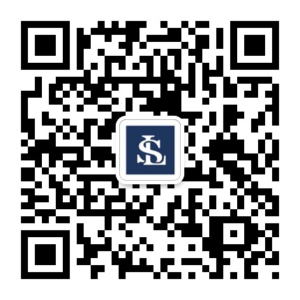About Loeb Smith
People
Sectors
Expertise
- Legal Service
- Banking and Finance
- Blockchain, Fintech and Cryptocurrency
- Capital Markets and Privatization
- Corporate
- Cybersecurity and Data Privacy
- Insolvency, Restructuring and Corporate Recovery
- Insurance and Reinsurance
- Intellectual Property
- Investment Funds
- Litigation and Dispute Resolution
- Mergers and Acquisitions
- Private Client and Family Office
- Private Equity and Venture Capital
- Governance, Regulatory and Compliance
- Entity Formation and Managed Services
- Consulting
- Legal Service
News and Announcements
Locations
Subscribe Newsletters
Contact
Cayman Islands: Guidance on inspections by CIMA
04 November 2024 . 8 min readThe Cayman Islands Monetary Authority (CIMA) conducts inspections to ensure that regulated entities comply with applicable laws and regulations. We set out below a general guide on inspections by CIMA.
1. Purpose of Inspections
- To assess compliance with regulatory requirements.
- To evaluate risk management practices.
- To verify financial records and reports.
- To assess overall operational effectiveness.
2. Types of Inspections
- Documentation: Ensure all relevant records, including financial statements, policies, and procedures
are up-to-date and accessible. - Staff Training: Make sure staff are aware of the inspection process and their roles.
- Internal Review: Conduct internal audits to identify and rectify any compliance issues before the
inspection.
4. Inspection Process
- Notification: CIMA will inform the entity about the inspection and its scope.
- On-site Inspection: CIMA inspectors visit the premises (or have an opening call to speak with Directors, Senior Officers (e.g. Compliance Officer) and examine records, interview staff, and review operational practices.
- Exit Meeting: An initial feedback session may be held at the end of the inspection to discuss
observations
5. Post-Inspection Actions
- Report Issuance: CIMA will issue a report outlining findings and any required corrective actions.
- Remediation Plan: Entities may need to develop a plan to address identified issues and submit it to CIMA.
- Follow-Up Inspections: Depending on the outcome, CIMA may conduct follow-up inspections to ensure compliance.
6. Key Compliance Areas
- Anti-Money Laundering (AML) regulations.
- Risk management frameworks.
- Governance and operational procedures.
- Financial reporting and disclosures.
7. Best Practices
- Keep clear and organized records.
- Maintain ongoing communication with CIMA.
- Foster a culture of compliance within the organization.
- Regularly review and update policies in line with new regulations
8. Resources
- CIMA’s official website provides guidelines, templates, and regulatory updates.
- Engage with industry associations for insights and support.
Further Assistance
This publication is not intended to be a substitute for specific legal advice or a legal opinion. If you require further advice relating to CIMA’s regulatory inspections, please contact us. We would be delighted to assist.
E: gary.smith@loebsmith.com
E: robert.farrell@loebsmith.com
E: ivy.wong@loebsmith.com
E. elizabeth.kenny@loebsmith.com
E: cesare.bandini@loebsmith.com
E: vivian.huang@loebsmith.com
E: faye.huang@loebsmith.com
E: yun.sheng@loebsmith.com

